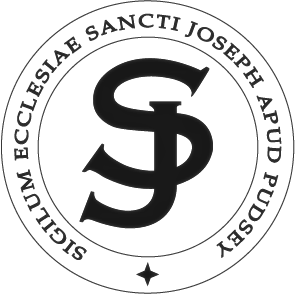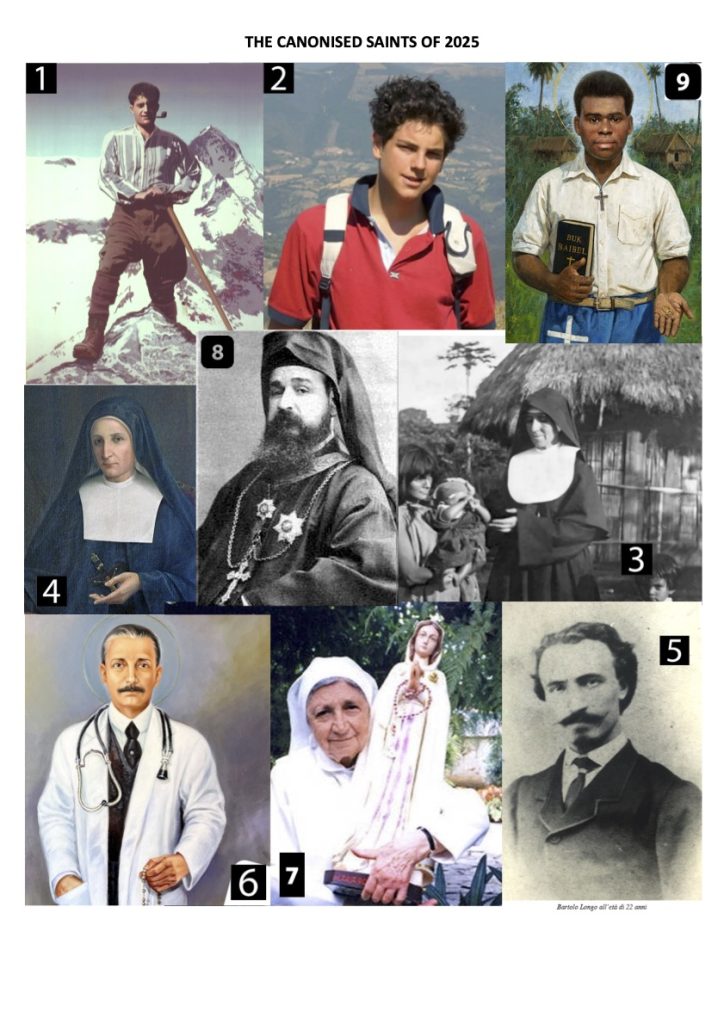1. Pier Giorgio Frassati b. 1901 in Turin, Italy. His parents were influential and agnostic, but Pier Giorgio became an activist against the rule of Mussolini, joining the Catholic Action group and the Dominican Third Order. In 1918 he started studying engineering, specifically with regard to mining, and joined the St Vincent de Paul Society at university, as well as a mountaineering club. He died before he could complete his studies, aged just 24 years, of polio. At his funeral, much to the surprise of his family, thousands lined the streets – and it became evident he had quietly helped to change the lives of many people.
2. Carlo Acutis b. 1991in London to Italian parents, raised in Milan. A typical teenager who enjoyed computer gaming and programming, he developed a website that documented Eucharistic miracles and apparitions of Mary. His wealthy parents were not at all religious, but he became a catechist in his parish at the age of 12. He took ill suddenly and died of leukaemia at the age of 15, and at his request was buried in Assisi as he had a love of St Francis as his family had a holiday home nearby. He became incredibly popular as an intercessor after death, just as he had been a friend and advocate of many of his peers who were bullied or sidelined. His mother gave birth to twins on the anniversary of his death in 2010, which she was convinced was down to her son’s intercession.
3. Maria Troncati b.1883 in Brescia, Italy, to poor farming parents. After joining the Salesian sisters, she was sent to Ecuador, working with tribes deep in the Amazon rainforest. Threatened with being killed, she saved the life of a little girl and the community welcomed her. She spent the rest of her life there until she died in a plane crash in 1969, aged 86.
4. Vincenza Maria Poloni b.1802 in Verona, Italy, the last of 12 children. Inspired by a priest, she established a religious community to help the sick and orphaned (the Sisters of Mercy of Verona), which now has communities on every continent. She died aged 55.
5. Bartolo Longo b. 1841 in Sicily, Italy. He studied law in Naples and joined in the widespread anti-Catholic protests and sentiment of the time. He later testified to being ordained as a “satanic priest.” Sinking into deep depression, one of his professors and a Dominican friar and Religious sister helped him to start praying the rosary, and his life changed. He married, and with his wife he set up schools, homes for orphans and cared for the children of prisoners. He died in 1926 aged 85, but had been nominated for the Nobel Peace Prize in 1902 and 1903.
6. José Gregorio Hernández b.1864 Venezuela. He was a leading doctor of medicine. After several unsuccessful attempts at studying for the priesthood and even as a Carthusian monk, he returned home to continue working as a doctor and became a Franciscan tertiary, often treating poor people for free and out of his own expenses. After being killed by a car in 1919 aged 54, his fame began to spread, and many claimed to be healed by his intercession.
7. Carmen Elena Rendiles Martínez b. 1903 in Caracas, Venezuela. Having joined a French Religious order, she became the Superior for all its houses in Venezuela in 1945. She then founded her own congregation, called the Servants of Jesus in 1969, which has spread across Venezuela and Colombia. She died in 1977 from influenza, aged 73. She is the first woman to be declared a saint in Venezuela.
8. Shoukrallah (Ignatius) Maloyan b.1869 in Mardin (on the Turkish/Syrian border). From an Armenian family, he went to study in Beirut for the priesthood and served as a Parish Priest in Egypt, and as the secretary to the Armenian Catholic Patriarch in Constantinople. Elected then as Archbishop of Mardin, he was executed as part of the genocide of Armenians by the Ottomans in 1915, aged 46, along with 400 other Christians.
9. Peter To Rot b. 1912 in what is now Papua New Guinea. Born to Catholic converts, he expressed a desire to be a priest but was advised instead to be a catechist. He married Paula in 1936, and the couple had three children, though the first two died young. After the Japanese occupied the nation in 1942, religious practise was gradually restricted. Peter continued to hold services in secret, and when the church was destroyed, he built a “bush church” outside the village. He was eventually arrested and was brutally murdered by lethal injection while in prison, aged 33.

